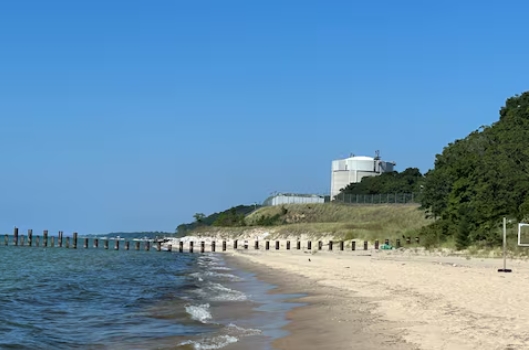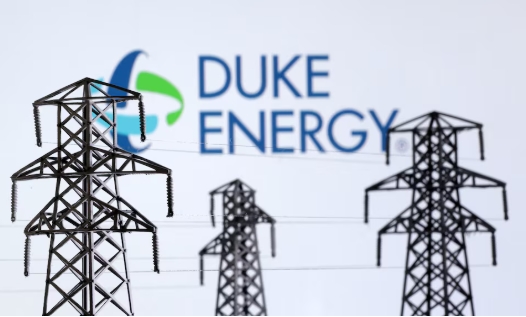Half of the monthly generation was of renewable origin and 75.6% was produced from technologies that do not emit CO2 into the atmosphere.
The demand for electrical energy decreased in the Balearic Islands by 7.3% and in the Canary Islands by 8.9% compared to the same month of 2019.
Following the usual communication schedule on the evolution of the demand for electrical energy, Red Eléctrica de España publishes the one corresponding to the month of March, in which the state of alarm was declared due to the COVID-19 pandemic, with the consequent decrease in economic activity from the 15th of said month. In this context, national demand for March is estimated at 20.924 GWh, 4.6% lower than that registered in the same month of the previous year. If calendar effects and temperatures are taken into account, the figure decreases 6.3% compared to March 2019.
In the first quarter of 2020. demand is estimated at 65.695 GWh, 3.1% less than in 2019. In this case, once the influence of calendar and temperatures has been corrected, demand is 2.7% lower than that registered in the same period of the previous year.
In the month of March and according to data estimated today, generation from renewable energy sources represented 50% of production. From January to March, renewable generation reaches 44.7% of the total electricity balance.
In this month, 75.6% of electricity production came from technologies that do not emit CO2.
With information available today, wind production in March reached 5.640 GWh, which is 14.6% more than the same period last year, and accounted for 26.8% of national production.
The demand for electrical energy falls 4.4% in the peninsular electricity system
In the peninsular electricity system, demand for March is estimated at 19.812 GWh, 4.4% lower than that registered in the same month of the previous year. If the effects of the calendar and the temperatures are taken into account, the demand is 6.1% lower than that of March 2019.
In the first three months of 2020. the demand for electrical energy in the Peninsula is estimated at 62.195 GWh, 3.1% less than in 2019. In this case, once the influence of calendar and temperatures has been corrected, the demand is 2.7% lower than that registered in the same period of the previous year.
During this month and according to estimated data today, 51.7% of the peninsular generation was of renewable origin and 78.6% came from technologies that do not emit CO2. For its part, wind power registered 5.543 GWh, 14.9% higher than in March last year, and contributed 27.6% to the mix.
The demand for electrical energy falls in the Balearic Islands and the Canary Islands in March
In the Balearic Islands, the demand for electrical energy in March is estimated at 405.010 MWh, 7.3% lower than that registered in the same month of the previous year. If the effects of the calendar and temperatures are taken into account, the figure decreases 7.6% compared to March 2019. In the first three months of 2020. Balearic demand is estimated at 1.264.823 MWh, a 4. 9% less than in 2019.
The combined cycle, with 77.1% of the total, was the first source of electricity generation in the Balearic Islands, where renewable technologies that do not emit CO2 represented 6.7%. Coal, for the third consecutive month, did not produce a single MWh in the Balearic system.
For its part, in the Canary archipelago the demand for electricity is estimated at 672.832 MWh, 8.9% lower than that registered in March 2019. If the effects of the calendar and temperatures are taken into account, the figure decreases by 9 , 4% with respect to the same month of the previous year. So far in 2020. demand in the Canary Islands is estimated at 2.134.193 MWh and decreases 1.8% compared to the same period of the previous year.
In the month of March and according to estimated data, the combined cycle was the leading technology in the Canarian generation mix, with a contribution of 45.3%. Renewables and emission-free technologies represented 16.4% of Canarian generation.







